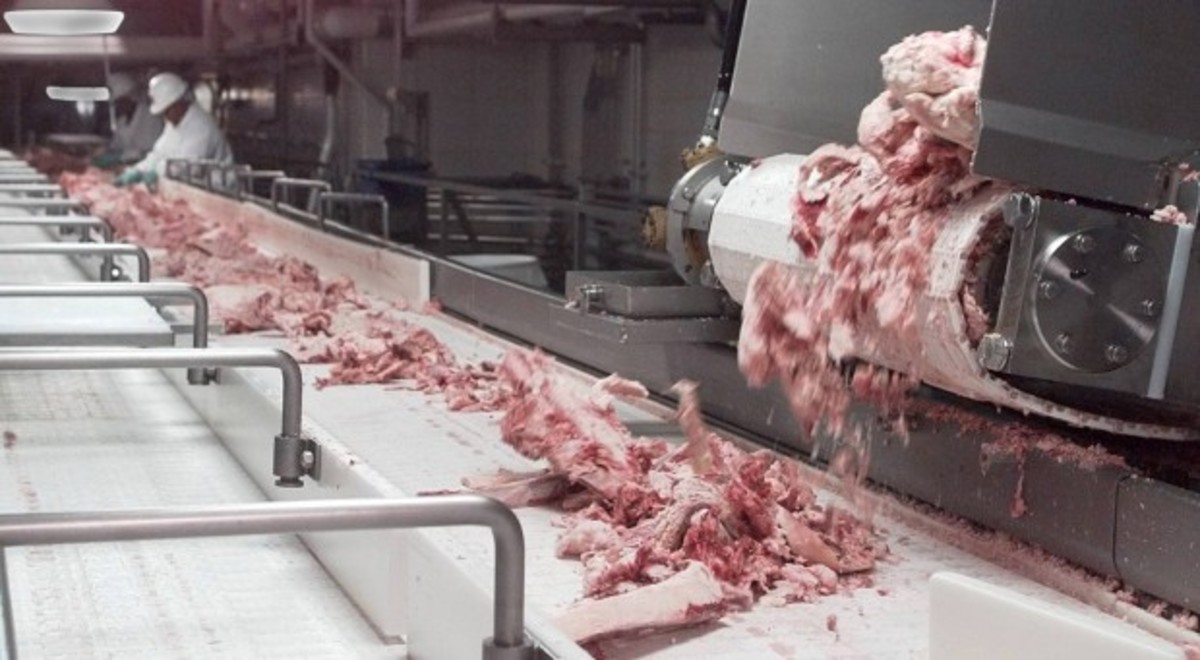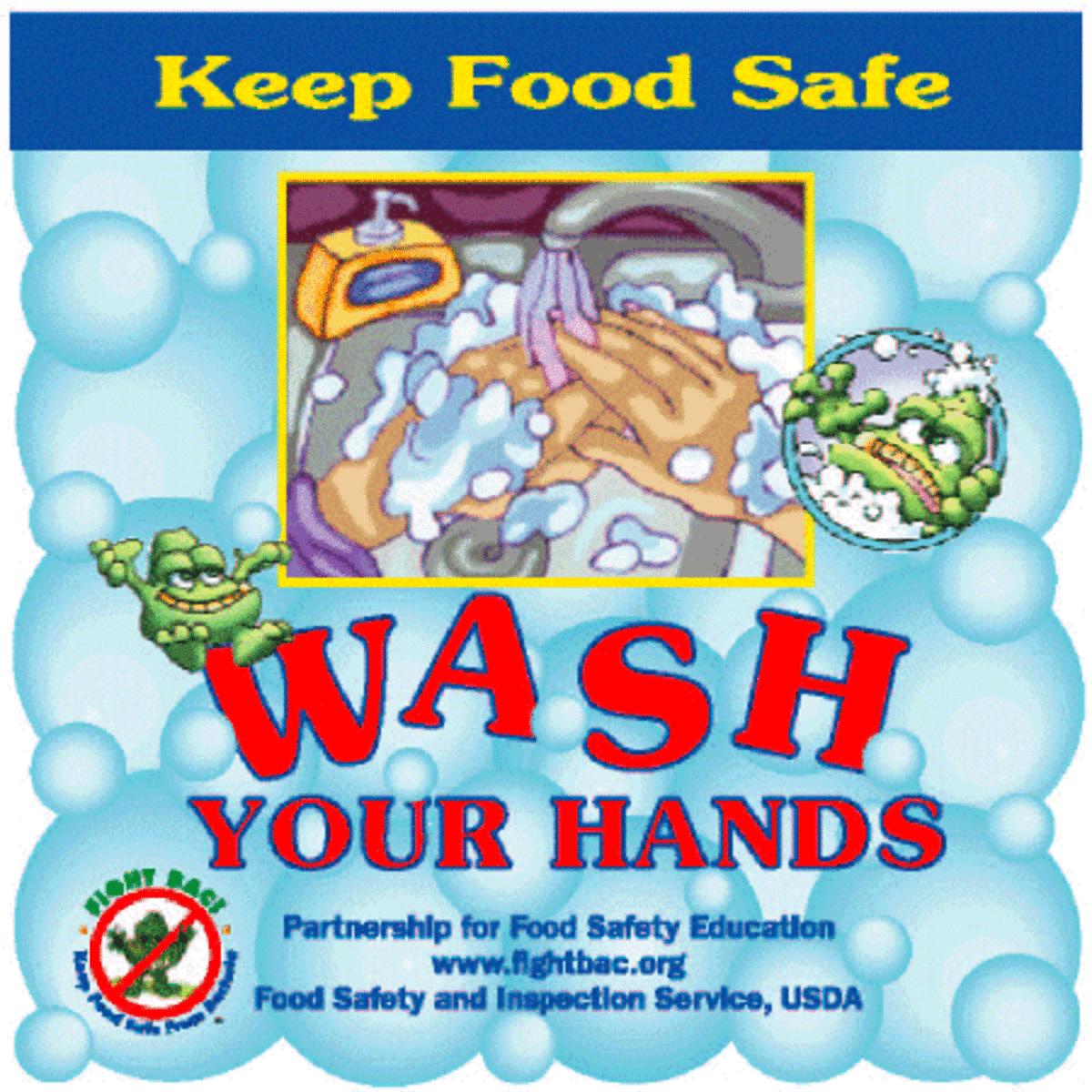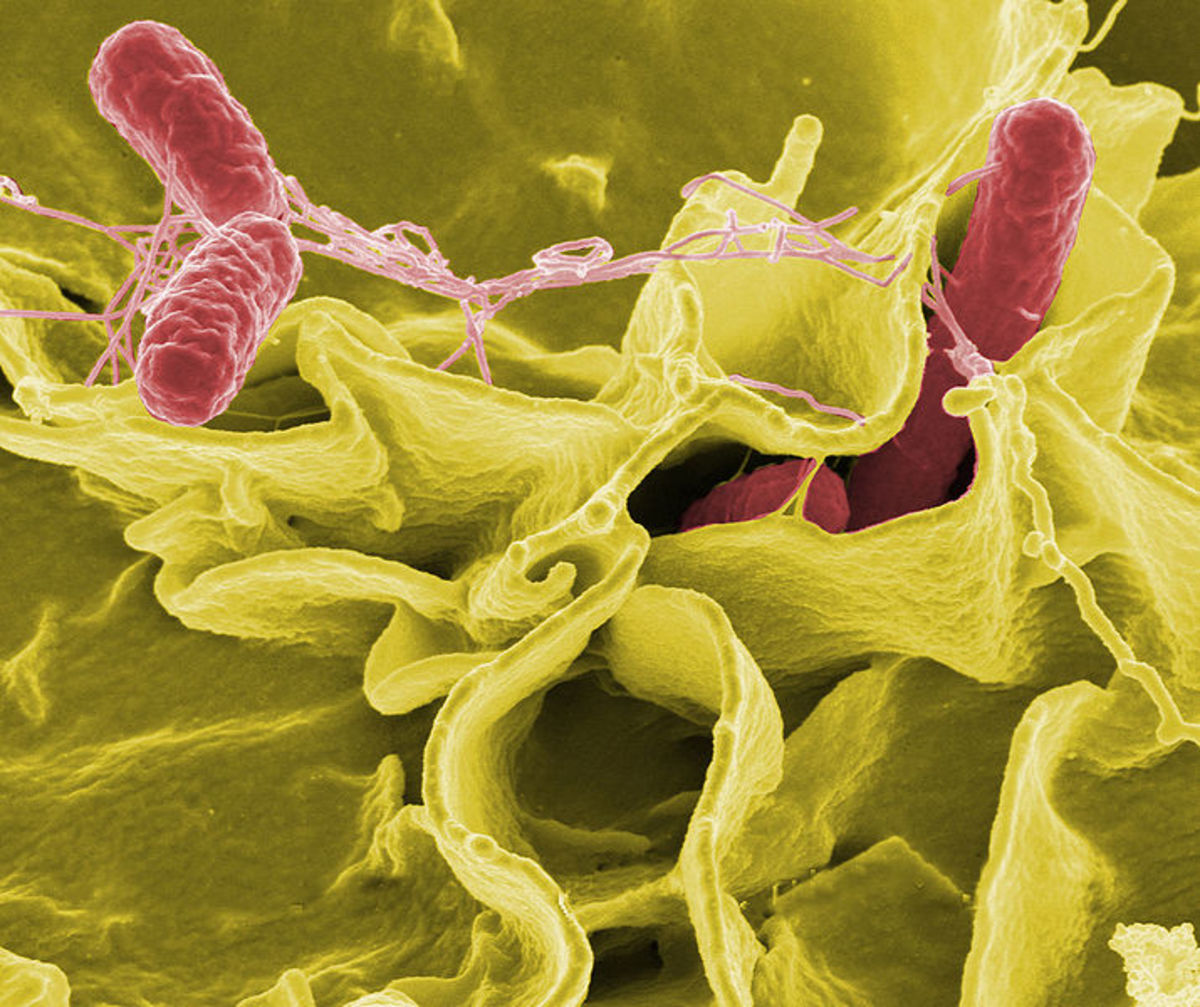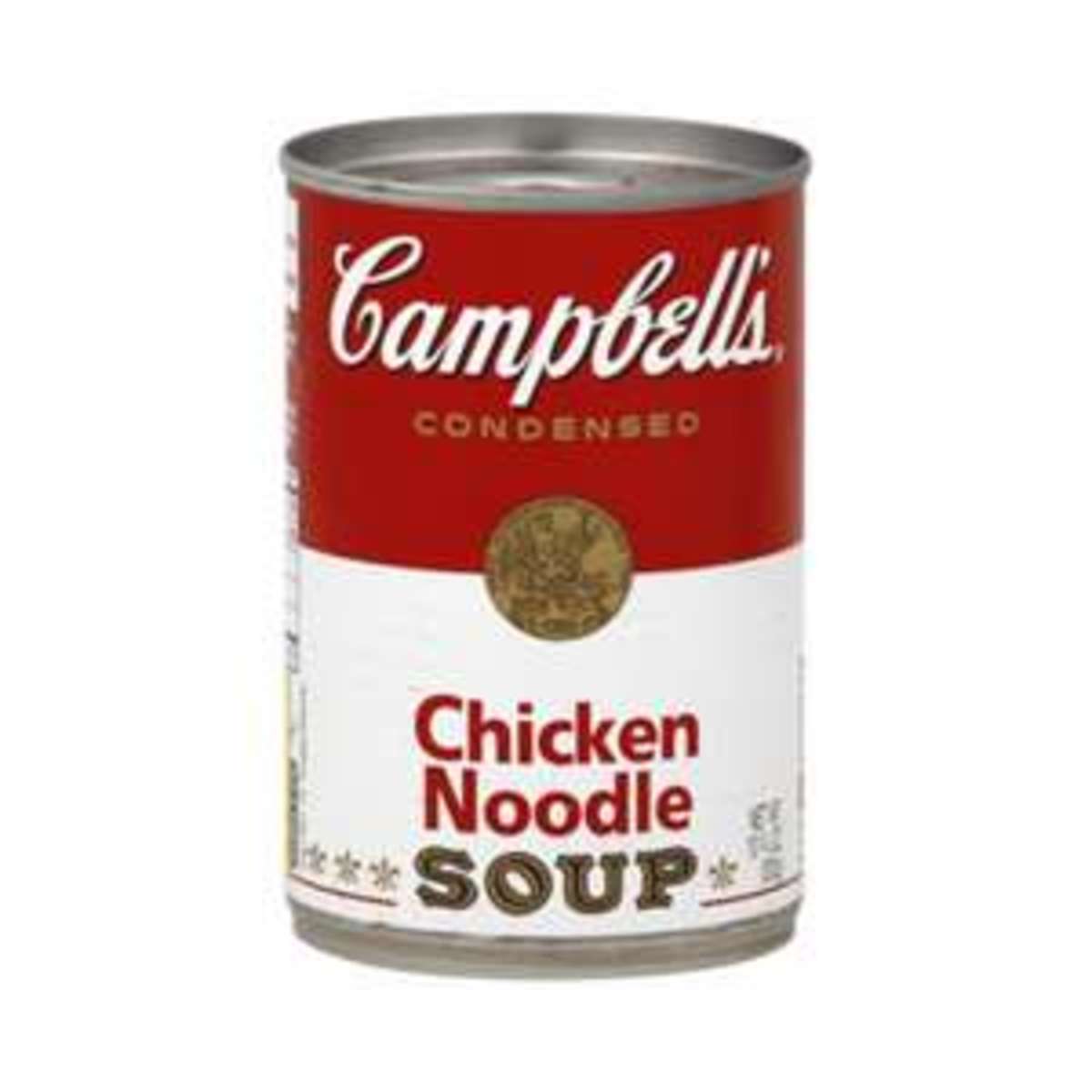How to Control Food Infections?
Quality Control in Food
INTRODUCTION TO HACCP
WHAT IS HACCP?
· HACCOP is an acronym for Hazard Analysis critical Control point
· Preventative system for food safety
HACCP techniques involve:
- Hazard and risk analysis
- Identification of potential product defects with relation to production factor (critical control points)
- Preventive control rather than Reactive Control
- Accountability
HACCP IS?
Not a zero-risk system, it is designed to minimize the risk of off-safety hazards.
A management tool used to protect the food supply chain and production process against microbiological, chemical and other physical hazards contamination.
Hazard Analysis Critical Control Point
HACCP is a system which identifies specific hazards and preventative measures for their control to minimize the risk of producing defective goods or service products unsafe to any potential consumer. HACCP was originally developed to address food safety hazards, but it can, and often is used to address all facets of food quality.
BASIC REQUIREMENTS FOR HACCP SYSTEM
HACCP was originally developed to address food safety hazards through systematic examination of every step in the food operation from raw materials to the end customer.
HACCP identifies hazards;
· Biological
· Chemical
· Physical
THE SEVEN HACCP PRINCIPELS
The Codex Guidelines identify 12 steps for the implementation of the SEVEN (7) HACCP Principles.
Implementation of these d12 st eps will result in the development of a HACCP plan which is a formal document containing the details of ev erything critical to product safety and or food quality if required.
Companies wishing to use HACCP in addressing product quality issues can separate their HACCP planes into the categories of;
- Food Safety Issue (for regulatory requirements).
- Product Quality Issues (for customer requirements).
These plans can be color coded for the purpose of identification.
Note : Whilst HACCP applies to food safety, the concept is being increasingly used for food quality issues such as environment, welfare, occupational health and safety, ethical aspiration and operation cost.
HACCP is:
· Systematic approach
· Proactive
· Team effort
· Common sense technique
· Living, dynamic system
HACCP is not:
· One-off paper exercise
· One person’s responsibility
Food Contamination
- 2 more Germans die of E.coli infection - USATODAY.com
Government officials say two more people have died of a bacterial outbreak allegedly caused by contaminated Spanish cucumbers. - E. coli outbreak in Germany a global wake-up call | Viewpoints, Outlook | Chron.com - Houston Chroni
- BBC News - German tests link bean sprouts to deadly E. coli
New data released in Germany strongly suggests that locally produced bean sprouts were the source of the deadly E. coli outbreak.
Quality Control Methods
WHY HACCP?
Contaminated Products
· Wide variety of potentially harmful materials
· Occur world-wide
· Three types of hazards
Biological
Chemical
Physical
· Human health implications
· Huge cost implications
· May result from tampering (sabotage) or shopper abuse
End-of-line inspection: Could not provide a level of assurance to the necessary level of confidence. Retrospective microbiological testing just could not deliver. Hence they used a preventive program based on controlled processes covering;
· Incoming materials
· Processing
· Packaging
· Storage
· Distribution
Problems of inspection and testing (Quality Control):
· Sampling provides results after the event
· Time delay; between sampling and results of test.
· Detection difficult to achieve but frequently used.
· Chemical and microbial tests-destructive and rely on;
· Sound analytical methods
· Statistical sampling.
· Difficulty in identifying de facts i.e. invisible pathogens
· Process control vs. product control
· Need for consistently safe food
· Cost effectiveness
HACCP is not a guarantee of food safety and is not a zero-risk system. It is designed to minimize the risk of food safety hazards.
The introduction of HACCP in regulations, the widespread adoption of quality assurance systems in the food industry, growth of franchises and the need for brand protection all account for increasing use.
Multinational brands use HACCP to achieve the required standard of food safety and ensure that the valve of the brand if fully protected.
Why is HACCP Being Demanded?
WHY HACCP?
· Legislation and Regulatory organizations recommend or demand it.
· Customers require it consumers expect safe food
· It provides manufactures with
1. Self-confidence
2. Assurance
3. Brand protection
· It is verifiable and auditable
· It produces evidence (assurance), which can be used in litigation
· It is recognized by insurance companies
HACCP is a proven system, which gives confidence that food safety is being effectively managed. It will enable you to maintain focus on food product safety and quality as the top priority, and allow for planning to prevent things going wrong rather than waiting or trying to control the problem after it has already occurred.
Food in Hubpages
- NDM1 - Cleaning Up On Super Bugs
NDM-1 is a fast emerging enzyme that turns superbugs into death causing unstoppable monsters. It is easily transferred not only from person to person but from bacteria to bacteria. There are no known... - NDM1 - New Super Bug - The Death Of Us All?
Its official, we have a new super bug in the UK, USA and Canada and Its called NDM 1. NDM1 deaths are rising and it will be the death of us all sooner or later, or will it? First off, lets get this... - Quality Control Practices in Food Processing
Quality Control lab QUALITY CONTROL PRACTICES IN FOOD PROCESSING: INDIA & INTERNATIONAL TRENDS The Quality control of food has a significant role in assuming a high quality, safe and nutritious food... - What Is HACCP?
HACCP (Hazard Analysis Critical Control Points) is a health and safety methodology for food so it doesn't make you sick or even kill you through food poisoning, poor hygiene, sanitation or contamination. ... - Food Safety, Hygiene & HACCP
Food safety is a scientific discipline describing handling, preparation, and storage of food in ways that prevent foodborne illness. This includes a number of routines that should be followed to avoid... - Best Antibacterial Foods
With cold and flu season fast approaching, warding off illness is everyone's goal. Flu shots and antibacterial hand sanitizer are popular options, but for a more holistic-and arguable effective approach-try... - VACUPACK VACUUM PACK - FOOD PRESERVATION PACKED FOR ...
The VacUpack Vacuum Packer is an awesome food storage and food preservation tool for long-term emergency preparedness and self reliance. Eliminate freezer burn, retain flavorful taste, eliminate dehydration... - Food Borne Illness
Foodborn Illness Loves Warmth & Wet - Take Extra Care During the Summer Months Food borne illness is a problem even in the United States with state of the art refrigeration, training and...learn about CNN's Dirty Dozen and FAT TOM. Great safety k
Food Born Infections
FOOD BORNE INCIDENTS
The main reason in implementing HACCP is to manage food safety and to prevent food poisoning incidents. Food poisoning can be localized or cause widespread illness and suffering. The cost to companies concerned can be huge when food safety is not adequately managed and not in control, or when something goes wrong with food production. It can lead to prosecution or legal action if safety hazards are detected, even though no illness has been caused. Although, routine prosecutions often result from foreign material being discovered in food, microbiological hazards have the potential to cause a much greater impact (see Table 1.)
The Major Courses of Food Borne Incidence are;
· Supply of poor quality raw materials
· Mishandling raw materials
· Change in formulation of product
· Change in the process of product
· Cross-contamination
· Inadequate cleaning
· Inadequate maintenance
· Addition of the wrong ingredient
Food Poisoning Incidents
· Increase of 200 % in food poisoning in Europe over the last ten years
· Deaths from food poisoning in USA each year
· Fivefold increase in food poisoning incidents in UK since 1985
· Deaths in USA from hamburgers annually
· January 1995 HUS outbreak in South Australia
Accountability
· Changing from government to supplier
· Hazard/risk management
· Product recalls
· Product liability and insurance
· Political (regulatory)
· Commercial (financial costs of non-compliance)
ADVANGTAGES/BENEFITS OF USING HACCP
What are the benefits of using?
· Systematic approach to food safety
· Proactive preventative management system
· Complements and strengthens Quality Management system (QMS).
· Can be integrated with QMS.
· Helps to demonstrate Due Diligence
· Internationally recognized approach
· Fewer rejects
· Cost effectiveness
· Increased co-incidence / customer satisfaction
· Improves Teamwork Work Understanding and Motivation
· Risk Management Tool
· Brand Protection
Food Quality Control
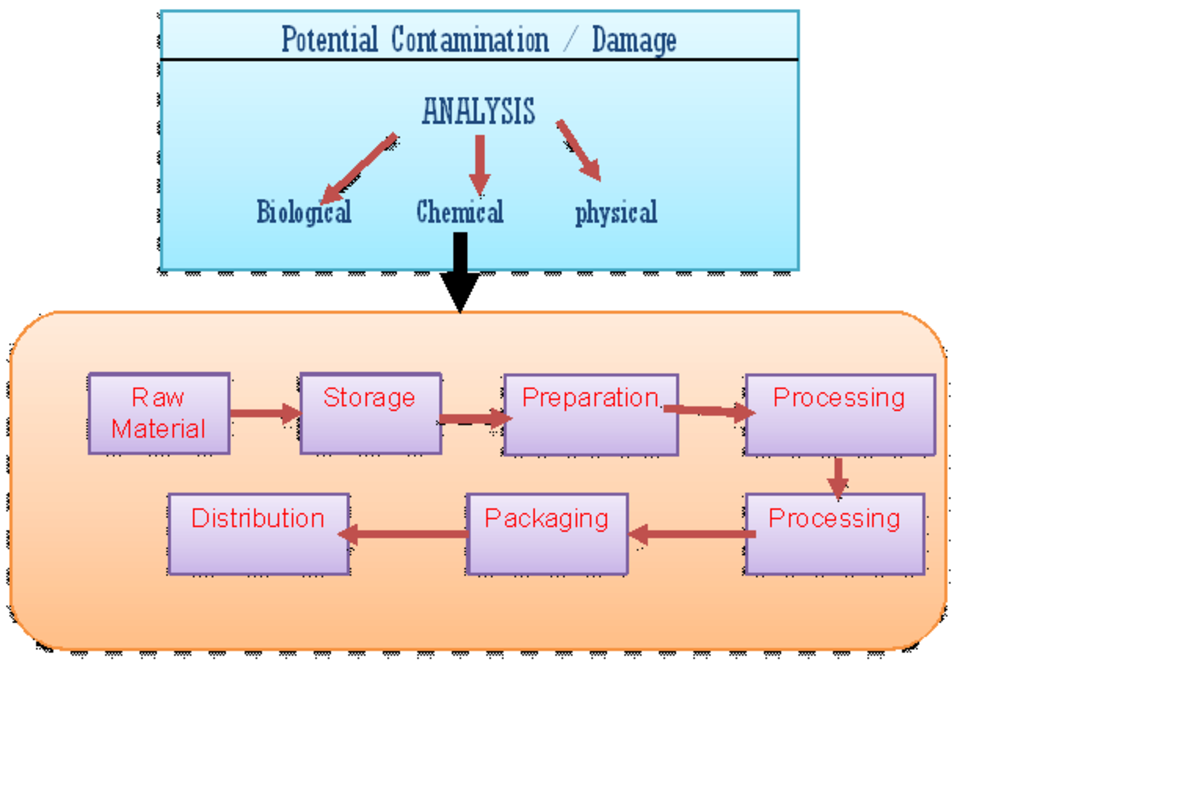
The Quality Control Process Step by Step


